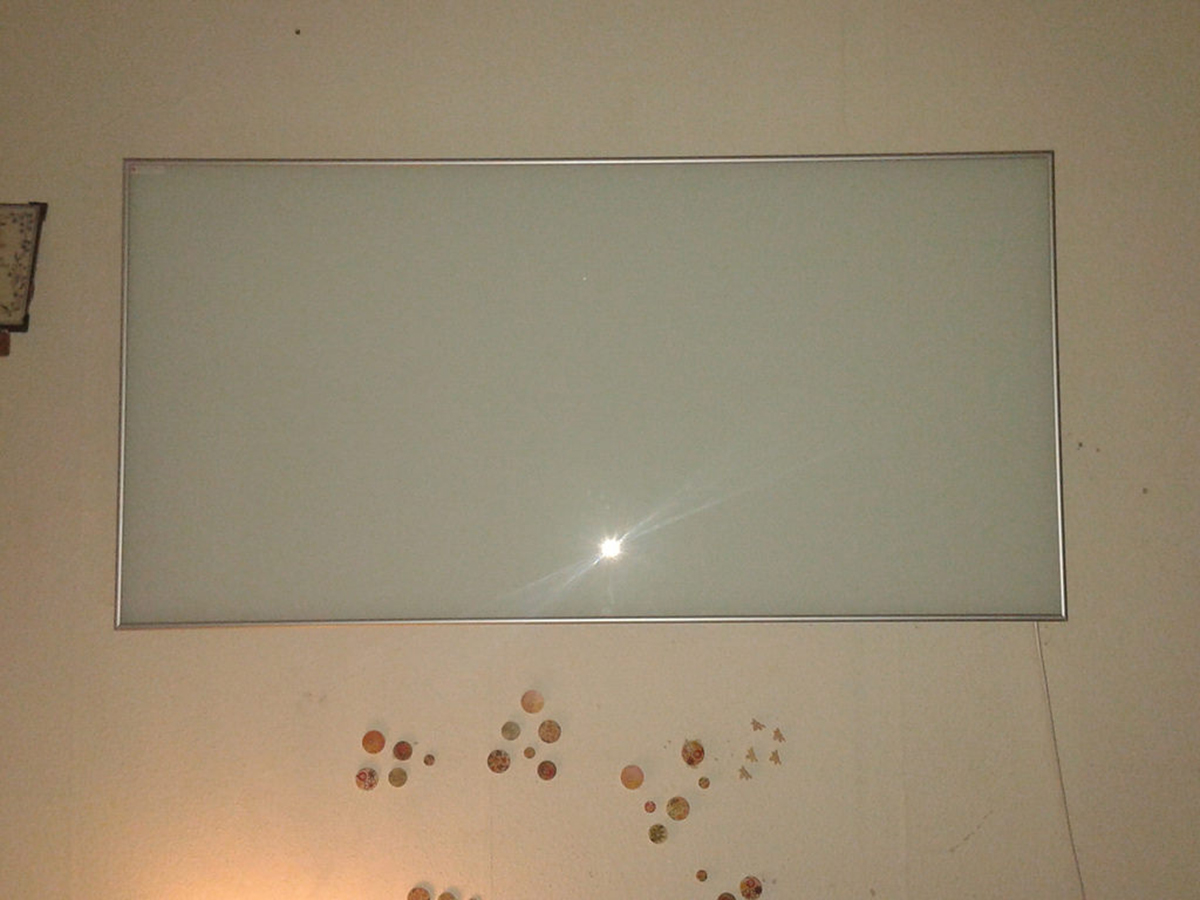Table of Contents
Living rurally on an old farm, I've relied on gas heaters to keep my home warm for as long as I can remember — occasionally, when it gets truly cold, supplementing with a little electric oil radiator to keep my water pipes from freezing over. As autumn was approaching this year, I realized that I had had my main heater for about 13 years, and I had bought it second-hand to start off with. I wasn't sure whether my chimney was doing its job any more either, and I've heard about enough cases of deadly carbon monoxide poisoning to be sincerely concerned.

It was in those circumstances that I set out to find an alternative form of heating. My priorities? I wanted something "green"; something energy efficient that would reduce the size of my carbon foot print. I also wanted a heater that would cost me as little as possible on a monthly basis. I had heard of thermo-accumulative electric heaters before, so I decided to Google around to see what was on offer in terms of electric heaters.
That's when I came across infrared heating panels.
What!? If you've ever had a gas heater before, you know that — like a genuine fireplace — they take up an awful lot of space. Infrared heating panels are a completely different story, as you can see from the picture above (yes, that's my infrared heater!). Flat panels that you hang on the wall or ceiling and plug in, infrared heating panels look radically different to any heater I had ever seen before, but that's nothing compared to how they actually work.
How Do Infrared Heating Panels Work?
How do infrared heaters work? Not like any other heater you've ever had before, that's for sure. While convection heaters (including central heating, gas heaters, electric radiators, and wood fireplaces) create warmth by heating the air around them, circulating hot air towards the ceiling in the process while keeping the space close to the floor relatively cold, infrared heaters do not heat the air at all. Rather, they heat the objects in the room. That includes the walls, ceiling, floor, furniture, and — you, the humans and perhaps pets inhabiting the space.
READ Improving Your Home's Air Quality During The Heating Season
As the infared rays get bounced around the room, they keep your walls and floors both warm and dry. As the objects receive heat, they in turn radiate heat into the air, providing a warmth that feels much like the outdoor world on a pleasant summer afternoon.
- Photo courtesy of Anna Schaap: www.flickr.com/photos/55485522@N06/20955689923
- Photo courtesy of Anna Schaap: www.flickr.com/photos/55485522@N06/21763116955


Your thoughts on this